For line charts I find that if I have multiple y values for a single x, it works fine as long as it isn't the final x. If it's the final x, it only displays the first entry. Is there a known workaround for this?
Example:
//firstTimestamp is earlier than secondTimestamp
data.add(new Entry(firstTimestamp, 10));
data.add(new Entry(firstTimestamp, 20)); //won't show unless you uncomment below
data.add(new Entry(firstTimestamp, 30)); //won't show unless you uncomment below
//data.add(new Entry(secondTimestamp, 40));
Graph when second timestamp commented out:
Graph with second timestamp uncommented (note that the 20 and 30 are now included, whereas they weren't before):
Edit:
I believe I've found the cause of this problem and can fix it in the following way, by changing
public abstract class BarLineScatterCandleBubbleRenderer extends DataRenderer {
// ... lines removed ... //
public void set(BarLineScatterCandleBubbleDataProvider chart, IBarLineScatterCandleBubbleDataSet dataSet) {
float phaseX = Math.max(0.f, Math.min(1.f, mAnimator.getPhaseX()));
float low = chart.getLowestVisibleX();
float high = chart.getHighestVisibleX();
Entry entryFrom = dataSet.getEntryForXValue(low, Float.NaN, DataSet.Rounding.DOWN);
Entry entryTo = dataSet.getEntryForXValue(high, Float.NaN, DataSet.Rounding.UP);
min = entryFrom == null ? 0 : dataSet.getEntryIndex(entryFrom);
max = entryTo == null ? 0 : dataSet.getEntryIndex(entryTo);
range = (int) ((max - min) * phaseX);
}
// ... lines removed ... //
}
to this, which I believe will resolve the issue:
public abstract class BarLineScatterCandleBubbleRenderer extends DataRenderer {
// ... lines removed ... //
public void set(BarLineScatterCandleBubbleDataProvider chart, IBarLineScatterCandleBubbleDataSet dataSet) {
float phaseX = Math.max(0.f, Math.min(1.f, mAnimator.getPhaseX()));
float low = chart.getLowestVisibleX();
float high = chart.getHighestVisibleX();
Entry entryFrom = dataSet.getEntryForXValue(low, Float.NaN, DataSet.Rounding.DOWN);
//my edits here
int indexTo = dataset.getEntryIndex(high, Float.NaN, DataSet.Rounding.UP);
List<Entry> values = dataset.getValues();
while (indexTo + 1 < values.size() && values.get(indexTo + 1).getX() == high) {
indexTo++;
}
Entry entryTo = values.get(indexTo);
//my edits end here
min = entryFrom == null ? 0 : dataSet.getEntryIndex(entryFrom);
max = entryTo == null ? 0 : dataSet.getEntryIndex(entryTo);
range = (int) ((max - min) * phaseX);
}
// ... lines removed ... //
}
How can I subclass this / use these edits?

